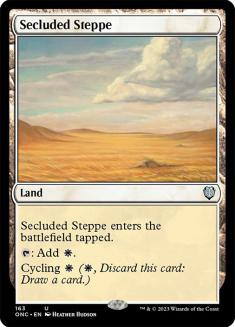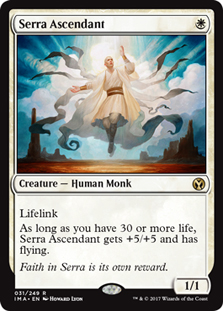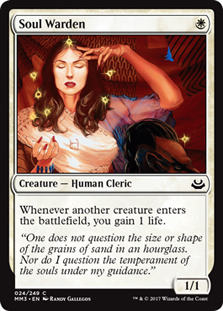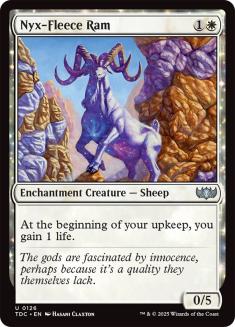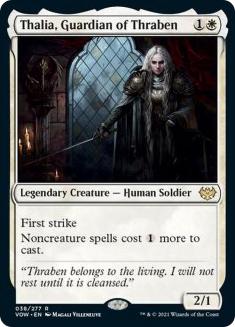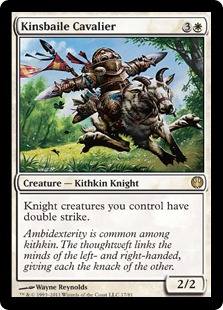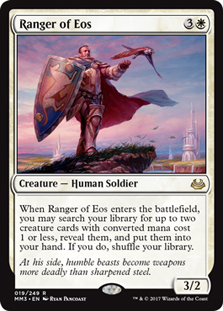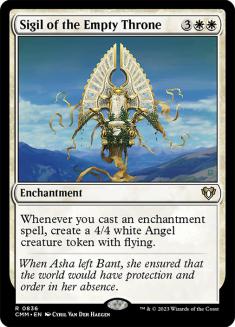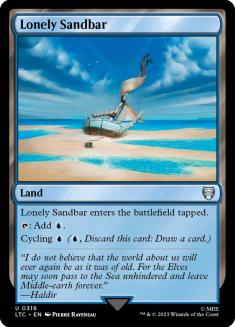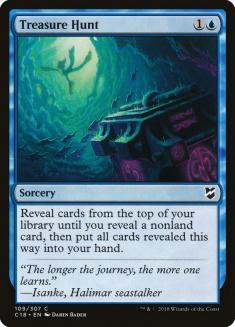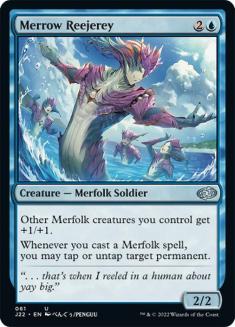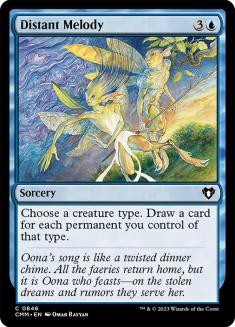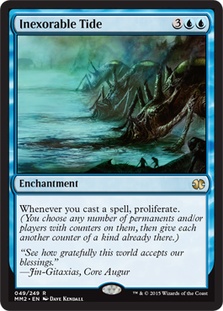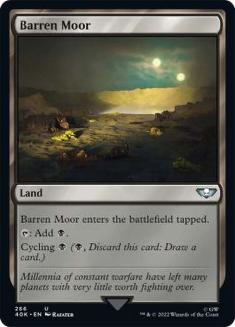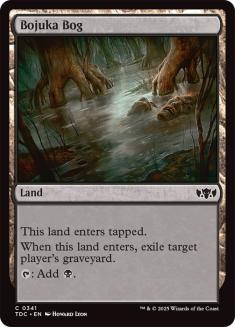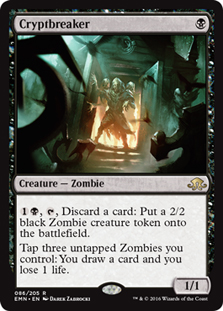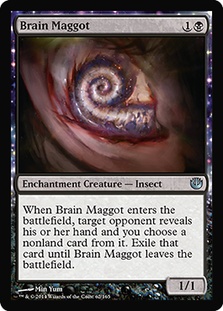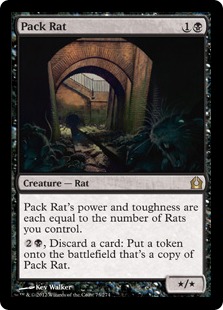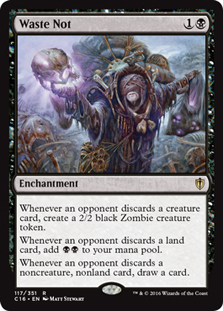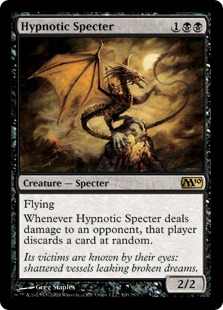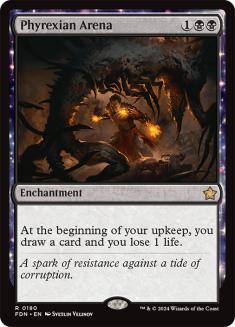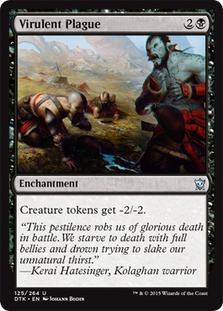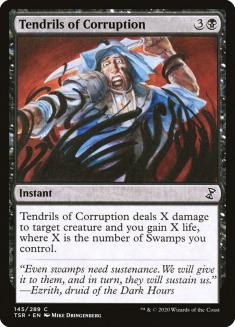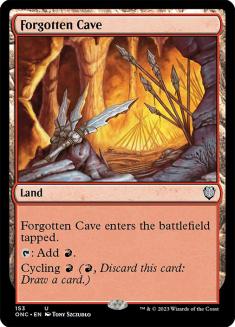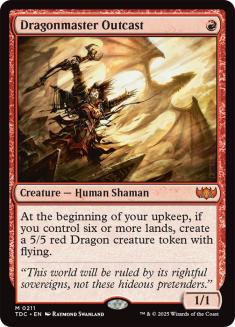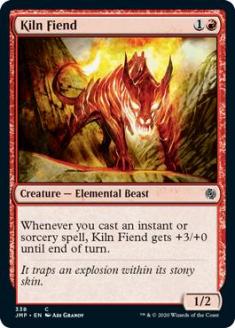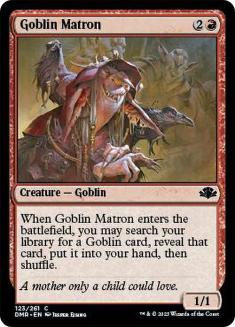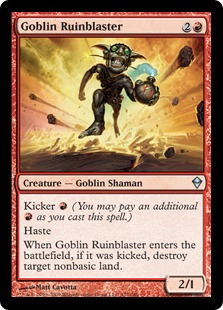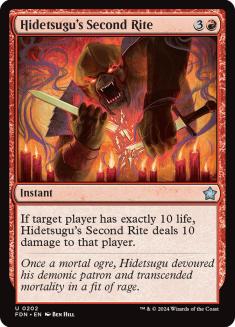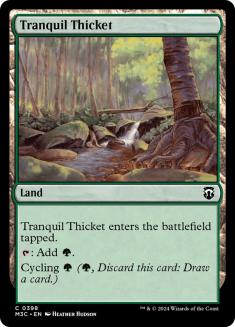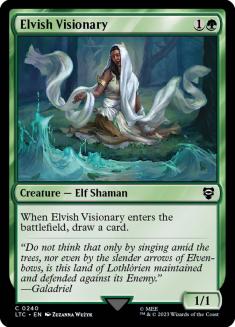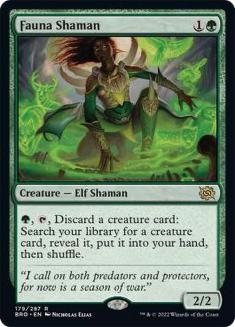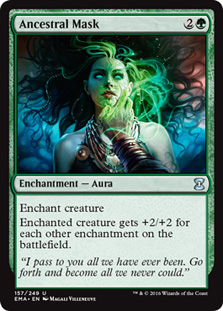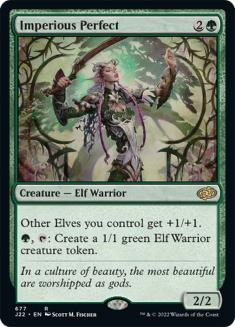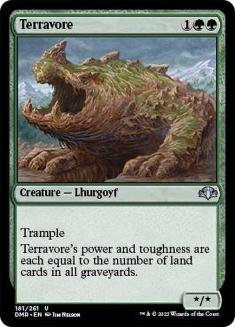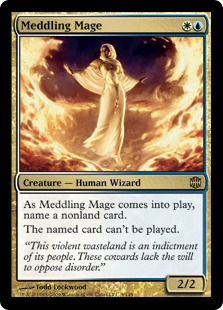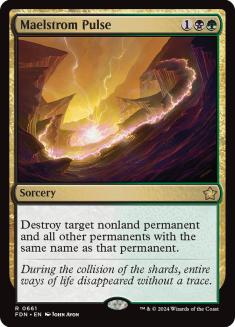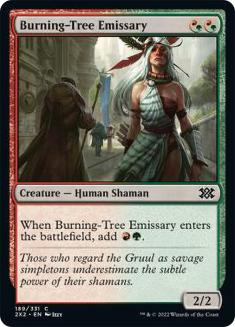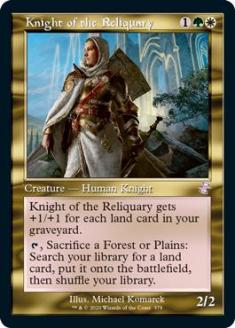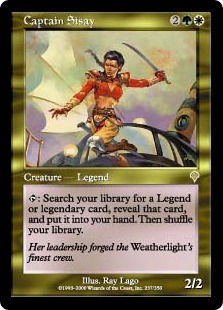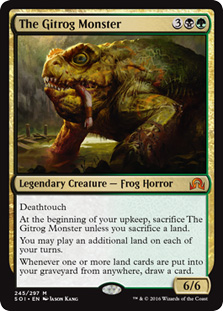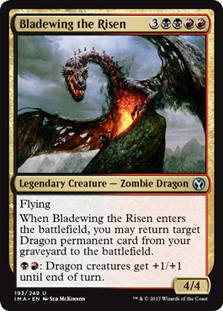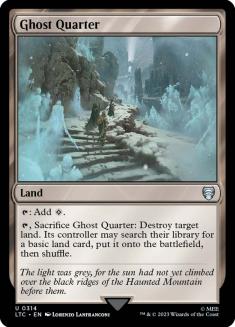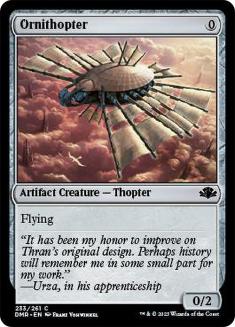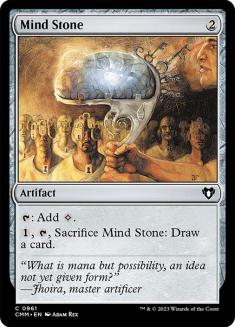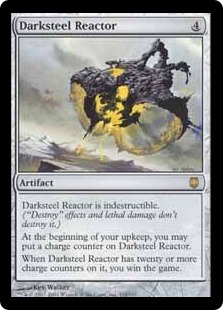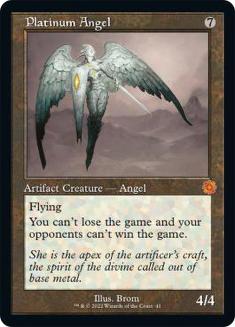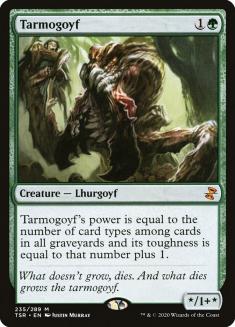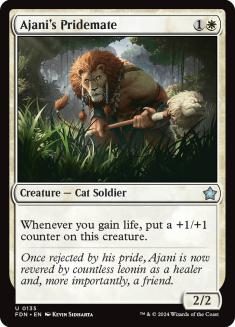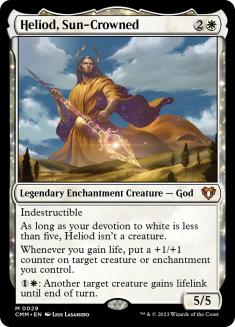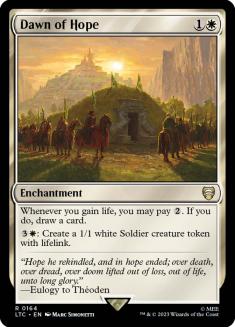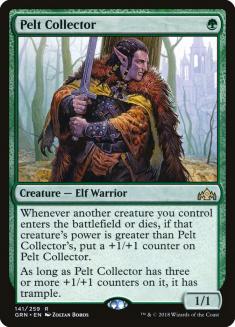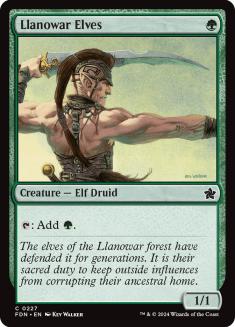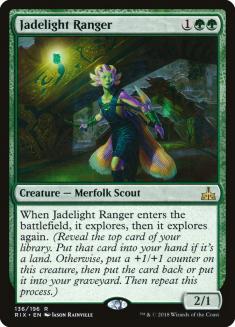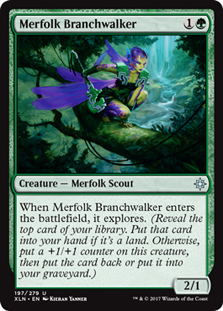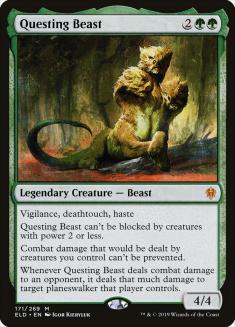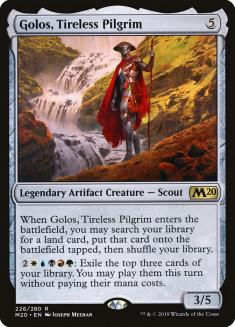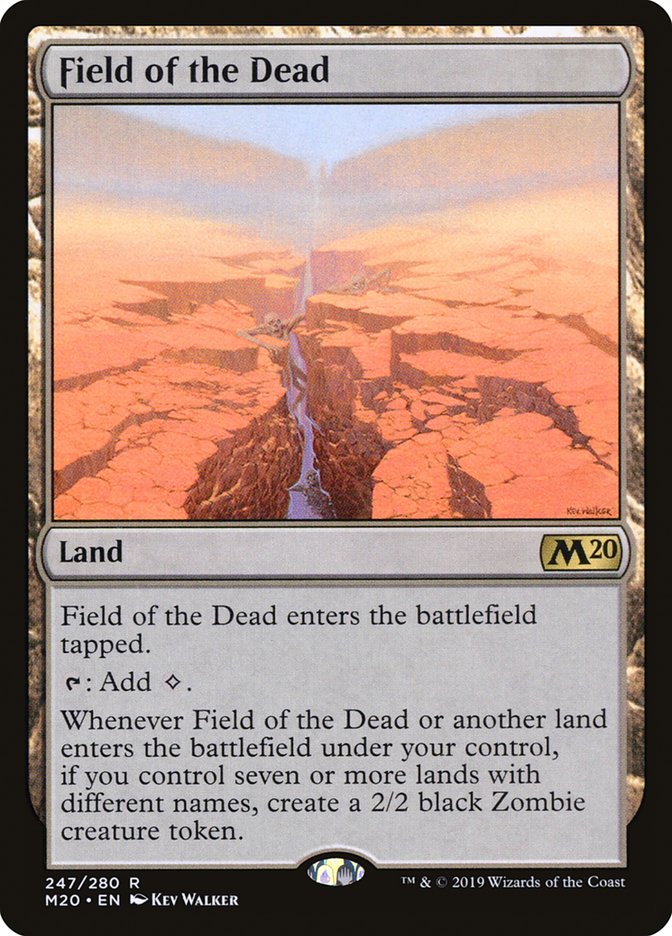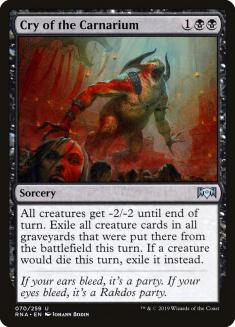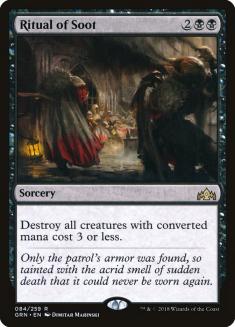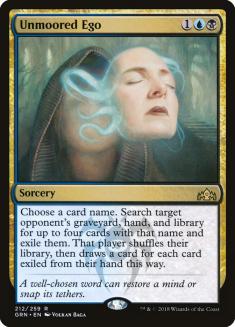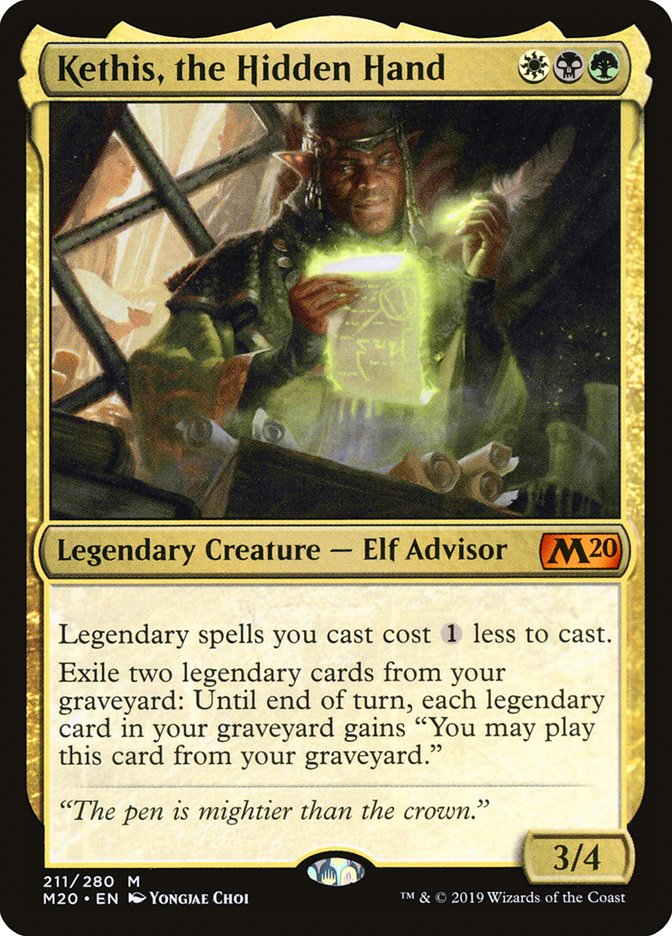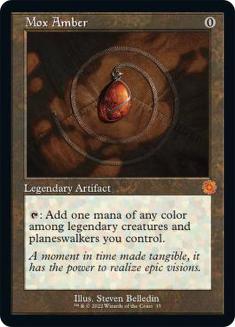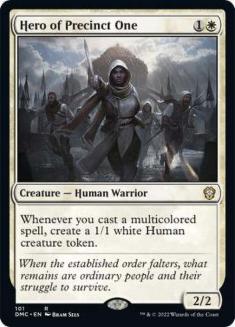What a week, huh?
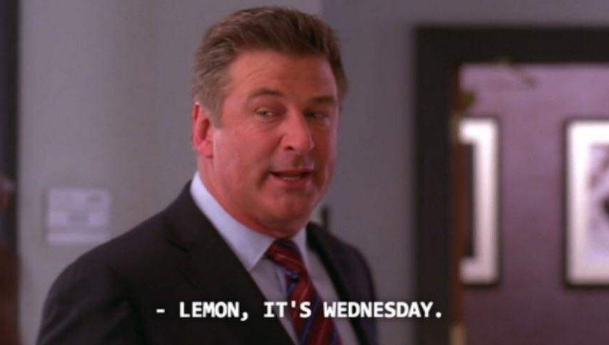
For public health reasons, the last few weeks have seen a sizeable chunk of the next several months of paper events cancelled, with Wizards of the Coast (WotC) going as far as barring stores from holding sanctioned events during this time. That doesn’t mean it’s impossible to play Magic.
With paper Magic out to dry, people have been looking to Magic Online (MTGO) and Magic Arena to scratch their cardboard itch. The two platforms have an array of digital-only formats that many of us are just now getting acquainted with, including the Arena-specific Historic.
Historic Is…?
Historic is all of the sets that are legal on Arena: Ixalan forward… plus some other cards:
With the format being Arena-only up until now, the information on the format is fairly lacking. Whenever trying to dive into a new format, understanding what you’re up against is key. With the public climate the way that it is, this is as great a time as any to present what’s seeing play and what makes a deck good in Historic.
Creatures (29)
- 4 Soul Warden
- 1 Ranger of Eos
- 3 Serra Ascendant
- 4 Ajani's Pridemate
- 3 Benalish Marshal
- 2 Resplendent Angel
- 2 Healer's Hawk
- 2 Daxos, Blessed by the Sun
- 4 Heliod, Sun-Crowned
- 4 Alseid of Life's Bounty
Planeswalkers (2)
Lands (22)
Spells (7)

Somehow, we’ve stumbled into a world that features a Mono-White Devotion deck as the current best deck in a format. The biggest draw to this deck is rooted in the fact that if you squint hard enough, Ajani’s Pridemate isn’t that different from Tarmogoyf.
In a format that doesn’t have Fatal Push, slamming pseudo-Goyfs is a real strategy. It puts this iteration of white in a position where green decks are going to struggle to go over the top of it without something like Ghalta, Primal Hunger.
The Heliod, Sun-Crowned + Dawn of Hope package does a ton of work in giving the deck staying power against the various control decks of the format.
Ultimately, this deck is a great combination of proactive and resilient to the answers that the format offers, which is why so many people are seeing so much success with it on ladder.
On the other hand, there are few creature mirrors that an Embercleave can’t break:
Creatures (28)
- 4 Llanowar Elves
- 4 Burning-Tree Emissary
- 3 Rampaging Ferocidon
- 4 Pelt Collector
- 4 Zhur-Taa Goblin
- 4 Questing Beast
- 4 Bonecrusher Giant
- 1 Gallia of the Endless Dance
Lands (24)
Spells (8)
Sideboard

Gruul Aggro fills a similar space to Mono-Red Aggro. That’s to say it’s the archetype with the most aggressively early starts, and is the best at keeping the greedier archetypes in check.
This is because Pelt Collector is the largest thing that can be cast for a single mana, and Llanowar Elves is the best card for skipping ahead on the curve.
Gruul Aggro is about winning while other decks are still in their developmental phases, during the early stages of a typical mid-game. It’s built in a similar fashion to its Standard predecessor, which was built to beat up on these decks:
Creatures (24)
- 4 Llanowar Elves
- 4 Wildgrowth Walker
- 4 Merfolk Branchwalker
- 4 Jadelight Ranger
- 4 Hydroid Krasis
- 4 Uro, Titan of Nature's Wrath
Planeswalkers (4)
Lands (26)
Spells (6)
Sideboard

Remember the Ravnica Allegiance Standard Sultai deck with Hostage Taker, Wildgrowth Walker propping up an explore package, and a pile of cards that were ahead on rate? Here we are.
The benefit that this deck has over its Ravnica Allegiance Standard iteration is in the fact that Uro, Titan of Nature’s Wrath actually provides a way for the explore mechanic to provide nonland card advantage.
Nothing here is particularly exciting, but all of the cards are quite powerful. If assessing which powerful rares and mythics are good in which matchup is your strength, this is the deck for you. The biggest struggle the deck is going to have is against the combo decks of the format, which have been left more or less unchecked as the format as developed:
Creatures (4)
Planeswalkers (3)
Lands (25)
Spells (28)
- 4 Opt
- 2 Search for Azcanta
- 2 Blink of an Eye
- 4 Nexus of Fate
- 4 Root Snare
- 4 Growth Spiral
- 4 Wilderness Reclamation
- 4 Thassa's Intervention
Sideboard

The more things change, the more they stay the same.
Nexus of Fate was a mainstay throughout its tenure in Standard and nothing has really changed that thus far in Historic. There is a key difference in the deck’s approach to comboing, however:
Uro provides a new angle to the deck that it didn’t have before. Now that Simic Nexus can assemble a clock that’s more reliable than a Nissa, Who Shakes the World or Callous Dismissal, it doesn’t have to literally go infinite. Uro and Brazen Borrower only really need three or four attack steps for the game to be over.
The biggest shift from that Standard to modern-day Magic is the existence of Questing Beast. The fact that there’s a creature at an above-rate cost that shuts off Root Snare emphasizes the importance of Brazen Borrower and Blink of an Eye when sideboarding. Questing Beast is seeing as much play as it is largely in part due to its efficacy against Simic Nexus and its pseudo-evasion in the face of an army of Zombie tokens:
Creatures (11)
Planeswalkers (4)
Lands (28)
Spells (17)

Bant Scapeshift operates in a similar space to Amulet Titan and TitanShift in Modern: don’t die, hit your land drops, and things will work out.
With Scapeshift in this particular version of the deck, Golos, Tireless Pilgrim isn’t as necessary. Games that involve activating Golos are close to win-mores in the format.
That’s to say that the games that have enough lands on the battlefield to be casting and activating Golos are games that are likely going well for Bant Scapeshift. On top of that, Golos provides a target for removal when most of the rest of the deck is expendable roadblocks and lands.
The amount of real estate occupied by enablers, interaction, and lands makes it tough to commit many slots to cards that exclusively win the game. Scapeshift’s finality is what gives it the nod, while Golos doesn’t quite make the cut.
Creatures (6)
Planeswalkers (8)
Lands (26)
Spells (20)
- 1 Search for Azcanta
- 2 Cast Down
- 4 Thought Erasure
- 2 Ritual of Soot
- 3 Discovery
- 2 Bedevil
- 2 Cry of the Carnarium
- 2 Angrath's Rampage
- 2 Legion's End
Sideboard

That’s zero counterspells in the 75 of a control deck. This is in part due to the fact that Teferi, Time Raveler is as big as it is in the format and because the deck wants to be more pointed than that. Rather than using a bunch of catch-all Cancel variants like we’ve seen in Standard, control decks in this format are fighting with pointed hammers.
This deck is taking the stance that it can pick both players apart in a way that’s more reactive than the Sultai deck and then put the game out of reach with a big planeswalker.
See all of those sweepers? That’s because spot removal is almost textbox-less against combo decks, but sweepers are good against the land-based combo deck of the format. Hell, Legion’s End is basically a sweeper against Field of the Dead.
The pile of Unmoored Egos out of the sideboard is a sign that this deck needs help against noncreature combo decks. Rather than trying to interact with whatever gameplan a Field of the Dead or Nexus of Fate strategy is bringing to the table, Grixis Control wants to force those decks to play a completely fair game.
Not all combo decks are completely incapable of fighting fair, however.
Creatures (15)
Planeswalkers (11)
- 1 Jace, Wielder of Mysteries
- 4 Teferi, Time Raveler
- 3 Tamiyo, Collector of Tales
- 3 Ashiok, Dream Render
Lands (24)
Spells (10)

A combo deck that sees Questing Beast as “just” a 4/4 haste creature. The captain of resiliency himself is not for the faint of heart. Saying that this deck is similar to its Core Set 2020 Standard counterpart has me starting to feel like a broken record at this point, but with the format still in its infancy, that’s how a number of decks are going to look.
Like in Core Set 2020 Standard, the biggest thing holding back Kethis Combo is the rope on Arena. Executing a combo that involves casting a few dozen spells, stacking several dozen triggers, and playing optimally is not an easy thing to do on the platform. That being said, the deck stands up well against most of the tools that people are using to fight hate and looping Urza’s Ruinous Blast is an incredibly powerful tool.
On top of that, it is one of the format’s only decks that can make use of fast mana:
Anything that can play literal Moxen is going to be worth taking additional looks at and Kethis is no exception. There’s a good bit of refinement that can still be done, but having as many different avenues to win a game as this deck does means that there’s likely something here.
Creatures (15)
- 4 Meddling Mage
- 1 Hostage Taker
- 3 Deputy of Detention
- 4 Hero of Precinct One
- 3 Atris, Oracle of Half-Truths
Planeswalkers (7)
Lands (26)
Spells (12)

One of the better anti-combo decks: a pile of answers and a threat that snowballs with them.
Rather than leaning on individual cards like Unmoored Ego, Esper Hero plans to deploy a couple of threats for a reasonable amount of pressure, and then adopt a strategy that almost feels like a tempo deck. By using a pile of multicolor cards, most of its spells are above-rate for what they do and are also good at catching up from behind.
On the other hand, a good chunk of them are even better while ahead, as they’re effectively holding the opponent’s head under until the bubbles stop.
Other Options
Historic offers a ton of ways to play, and it feels like we’ve only scratched the surface of what’s possible in the format. As people stay home and play on MTGA more, the format will undoubtedly develop and take shape.
Ever wanted to be a format specialist? Getting in on the ground level is the best way to do that. Starting now is the best way to have an intimate knowledge of the way the format bends and progress as it inevitably shifts with each set that’s released.
…or you could just meme on people.



